This is how the United States got around a bunch of laws in order to 'legally' kill Osama bin Laden


It was up to four administration lawyers to navigate the legality of the raid on Osama bin Laden's compound in May 2011 — which meant figuring out exceptions, loopholes, and parkour-like stunts around any and all legal obstacles, The New York Times reports. Among the lawyers' accomplishments: managing to justify the use of ground forces on Pakistani territory without first consulting with the country, okaying the lethal bin Laden operation without much room for considering capture, telling Congress about the raid after the fact, and burying bin Laden's body at sea.
According to the special report, the United States considered sending bin Laden to Guantánamo if he was captured alive, though capturing him alive was barely entertained as an option. An aerial attack on bin Laden's neighborhood, which would have destroyed any underground tunnels but also killed dozens of civilians, was also deemed lawful.
On the topic of violating Pakistani sovereignty, the Times reported that the lawyers exploited a rule allowing for military incursions when a government is "unwilling or unable" to squelch a threat. Some officials feared that Pakistani intelligence was aware of bin Laden's presence and that they might help him escape if they got wind of America's plans. However, the lawyers' ultimate decision that the raid was allowable wasn't made on concrete grounds: The law they exploited isn't accepted by many countries, and the United States didn't first ask Pakistan before deciding the country was "unwilling" and "unable."
The Week
Escape your echo chamber. Get the facts behind the news, plus analysis from multiple perspectives.

Sign up for The Week's Free Newsletters
From our morning news briefing to a weekly Good News Newsletter, get the best of The Week delivered directly to your inbox.
From our morning news briefing to a weekly Good News Newsletter, get the best of The Week delivered directly to your inbox.
Likewise, although enemies of war are supposed to be buried according to their religious customs "if possible," the United States dodged burying bin Laden in the ground facing Mecca, as Muslim tradition requires, and buried him at sea to avoid the creation of an "Islamist shrine." The lawyers okayed the burial because Islam makes an exception for devotees who die at sea, which is when sea burials are allowed. However, Saudi Arabia —bin Laden's home nation — was first to be offered the body, which they turned down.
Read the full details of the full report in The New York Times.
A free daily email with the biggest news stories of the day – and the best features from TheWeek.com
Jeva Lange was the executive editor at TheWeek.com. She formerly served as The Week's deputy editor and culture critic. She is also a contributor to Screen Slate, and her writing has appeared in The New York Daily News, The Awl, Vice, and Gothamist, among other publications. Jeva lives in New York City. Follow her on Twitter.
-
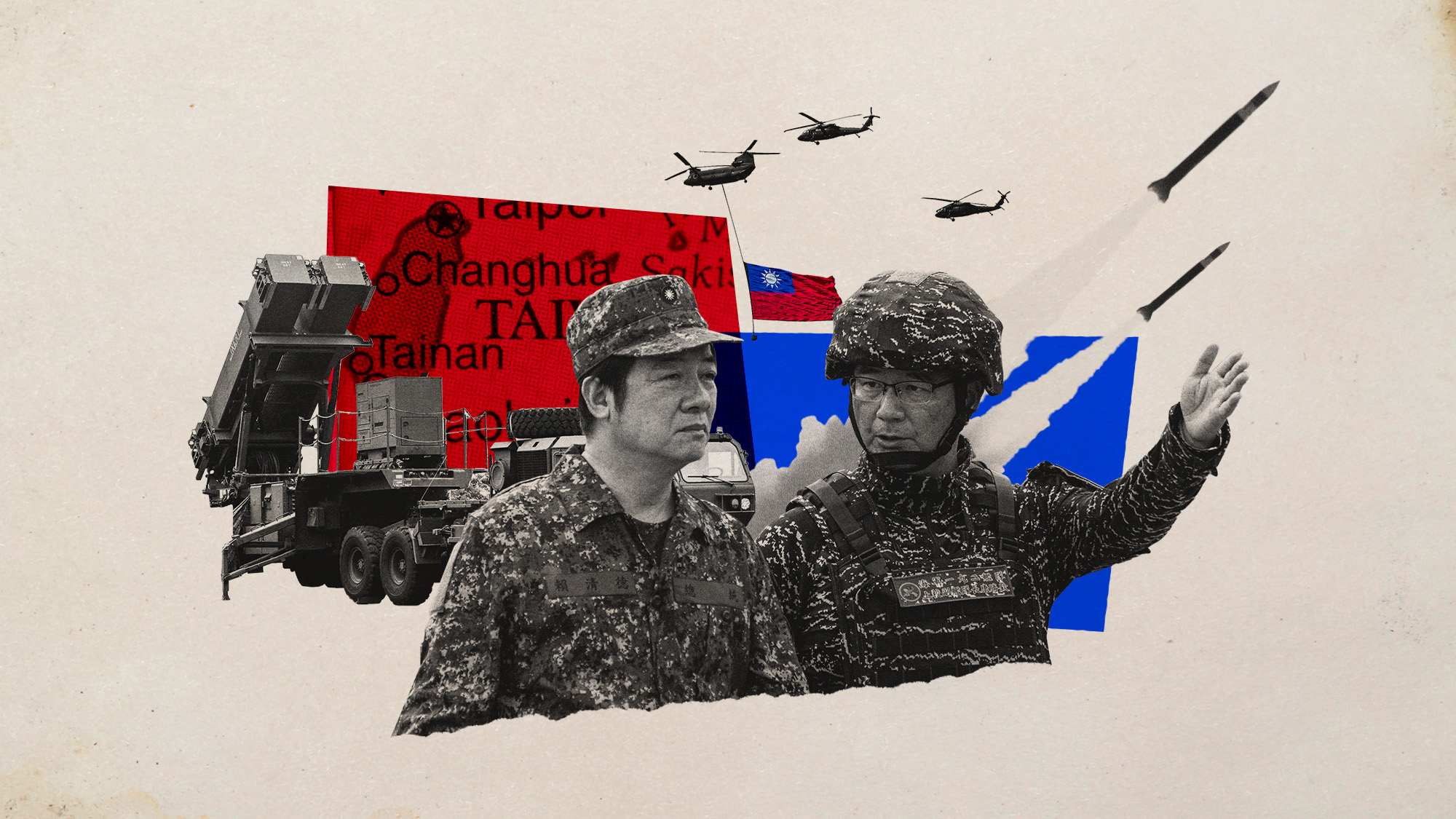 Taiwan eyes Iron Dome-like defence against China
Taiwan eyes Iron Dome-like defence against ChinaUnder the Radar President announces historic increase in defence spending as Chinese aggression towards autonomous island escalates
-
 Political cartoons for November 30
Political cartoons for November 30Cartoons Sunday's political cartoons include the Saudi-China relationship, MAGA spelled wrong, and more
-
 Rothermere’s Telegraph takeover: ‘a right-leaning media powerhouse’
Rothermere’s Telegraph takeover: ‘a right-leaning media powerhouse’Talking Point Deal gives Daily Mail and General Trust more than 50% of circulation in the UK newspaper market
-
 ABC News to pay $15M in Trump defamation suit
ABC News to pay $15M in Trump defamation suitSpeed Read The lawsuit stemmed from George Stephanopoulos' on-air assertion that Trump was found liable for raping writer E. Jean Carroll
-
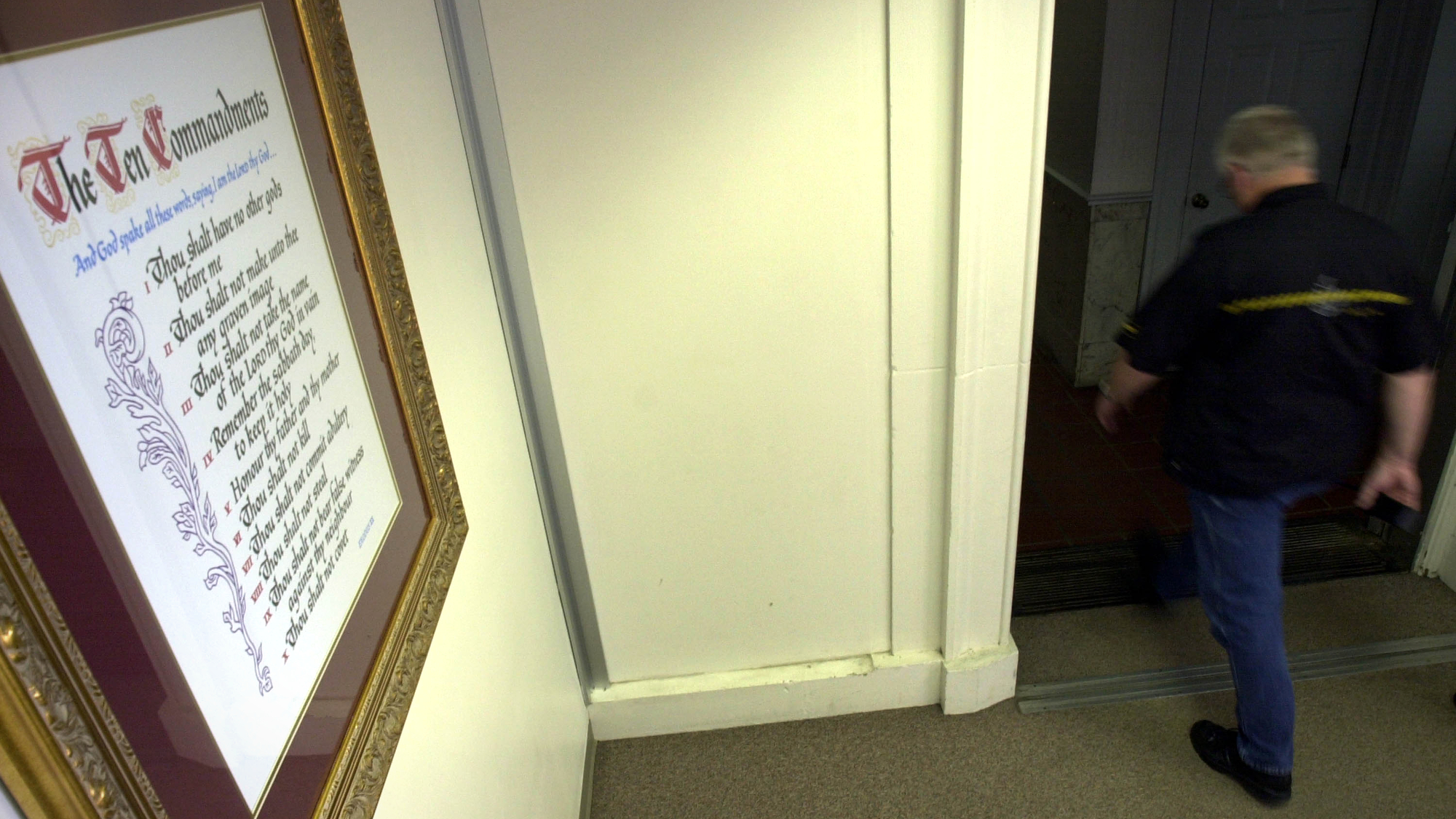 Judge blocks Louisiana 10 Commandments law
Judge blocks Louisiana 10 Commandments lawSpeed Read U.S. District Judge John deGravelles ruled that a law ordering schools to display the Ten Commandments in classrooms was unconstitutional
-
 ATF finalizes rule to close 'gun show loophole'
ATF finalizes rule to close 'gun show loophole'Speed Read Biden moves to expand background checks for gun buyers
-
 Hong Kong passes tough new security law
Hong Kong passes tough new security lawSpeed Read It will allow the government to further suppress all forms of dissent
-
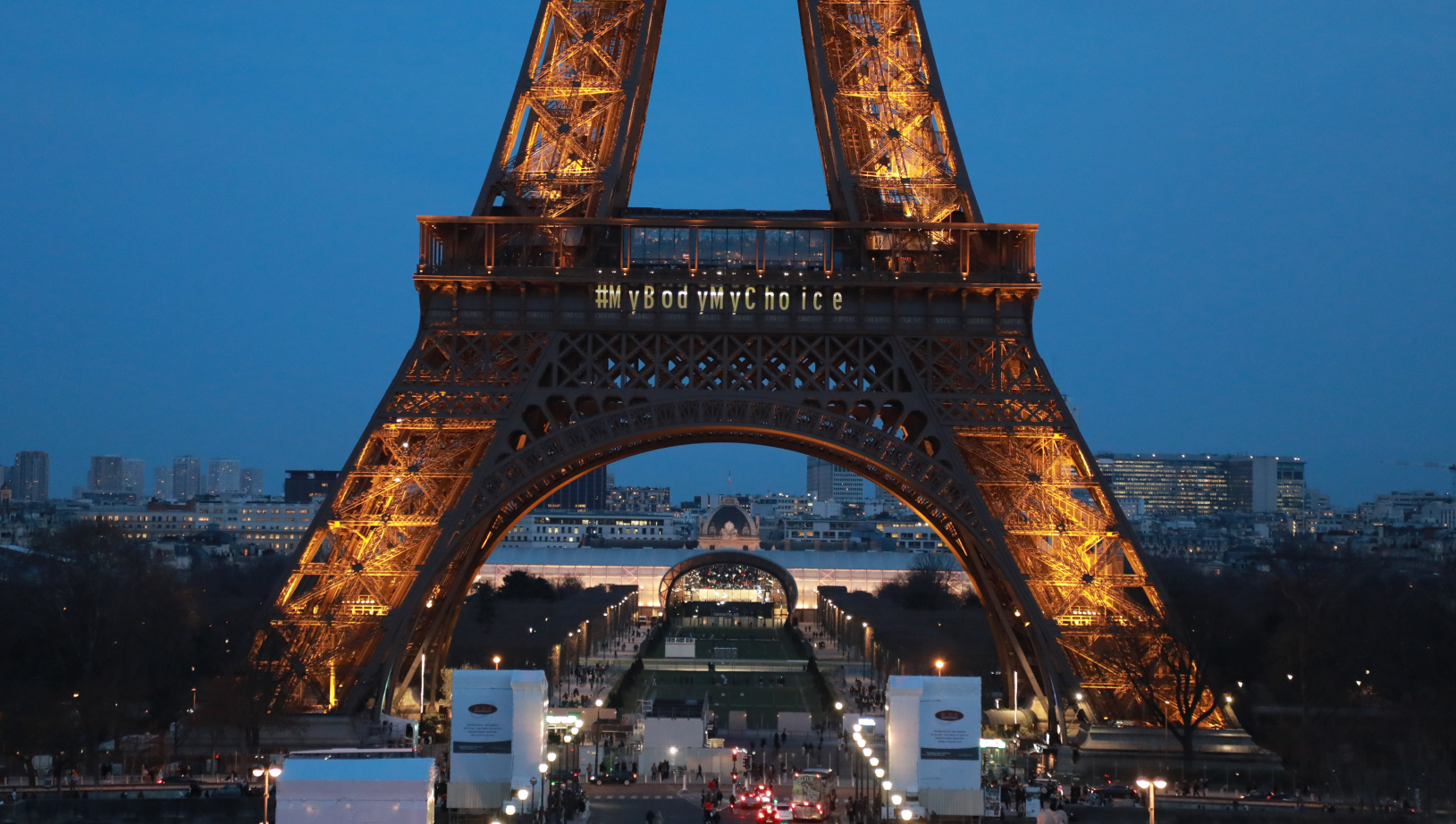 France enshrines abortion rights in constitution
France enshrines abortion rights in constitutionspeed read It became the first country to make abortion a constitutional right
-
 Texas executes man despite contested evidence
Texas executes man despite contested evidenceSpeed Read Texas rejected calls for a rehearing of Ivan Cantu's case amid recanted testimony and allegations of suppressed exculpatory evidence
-
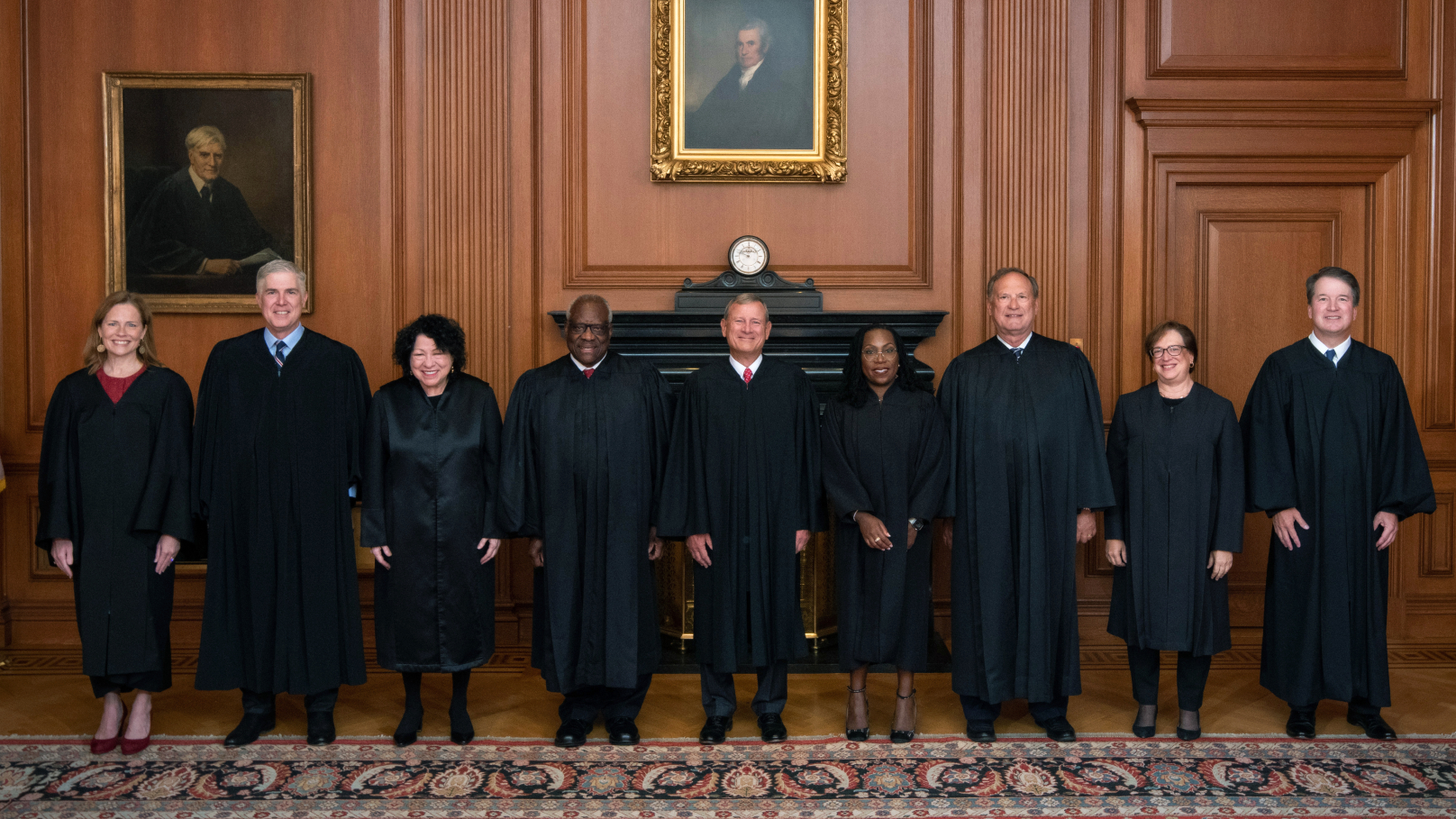 Supreme Court wary of state social media regulations
Supreme Court wary of state social media regulationsSpeed Read A majority of justices appeared skeptical that Texas and Florida were lawfully protecting the free speech rights of users
-
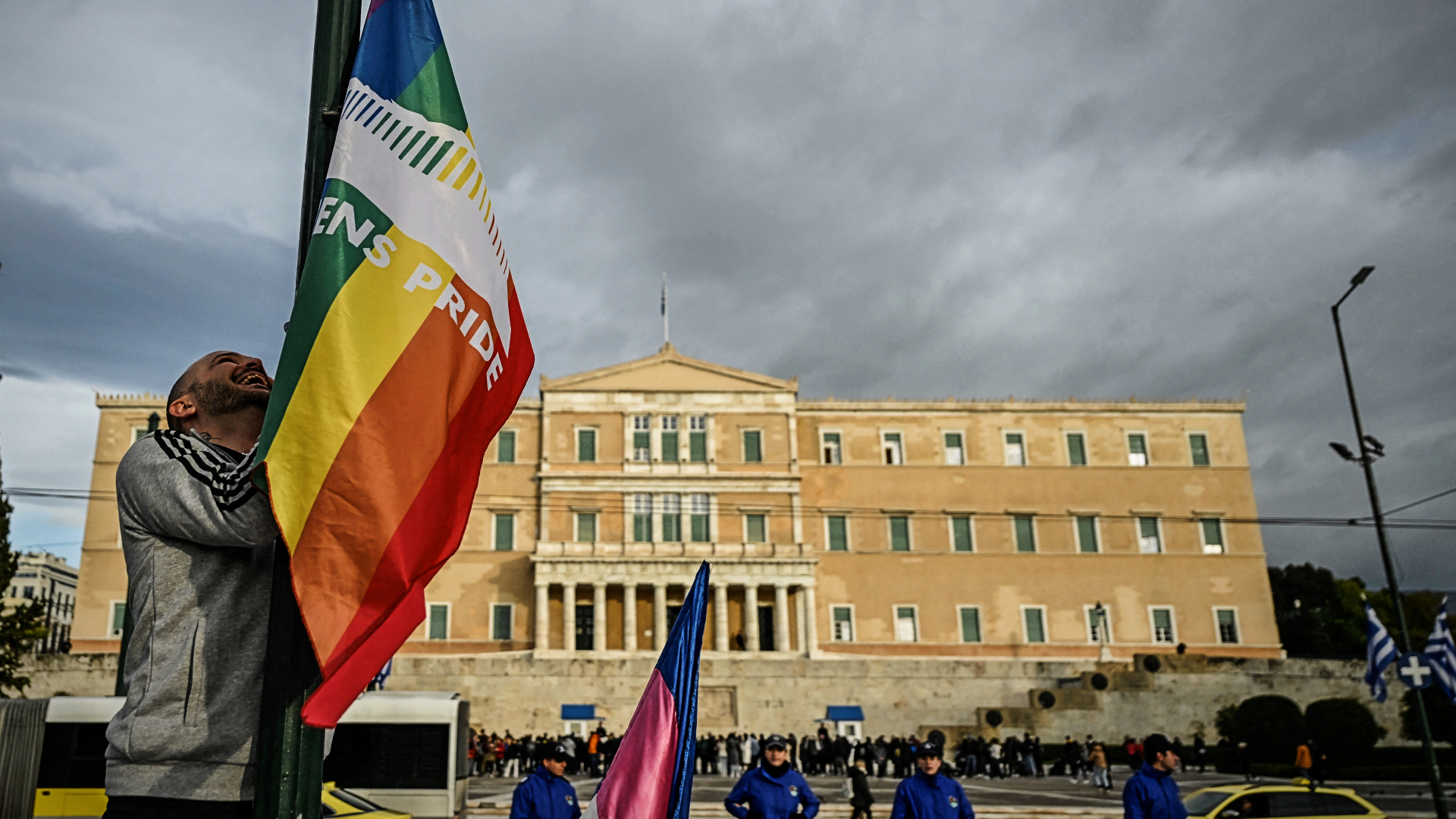 Greece legalizes same-sex marriage
Greece legalizes same-sex marriageSpeed Read Greece becomes the first Orthodox Christian country to enshrine marriage equality in law
